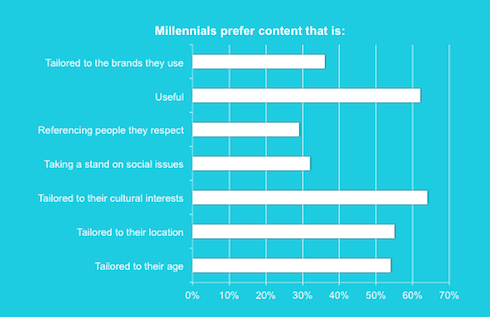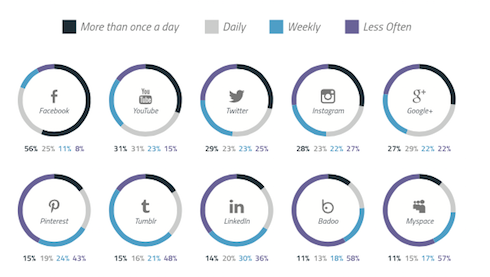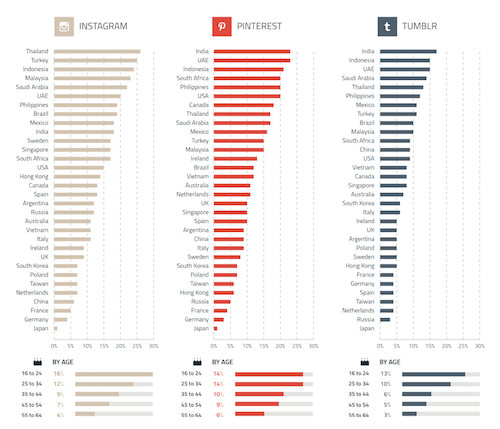By David Howell - February 18th, 2015
Understanding how the Millennial group of consumers engages with content is crucial to the long-term success of today’s marketing campaigns.
Next Reads
June 2015, New York
With over 50 expert speakers (including 15 CMOs and CCOs) from the world’s most social brands, and 300+ of your corporate peers in attendance, #CSMNY offers unrivaled learning, networking and benchmarking opportunities. It is truly THE social media event of year.
Brochure Programme


